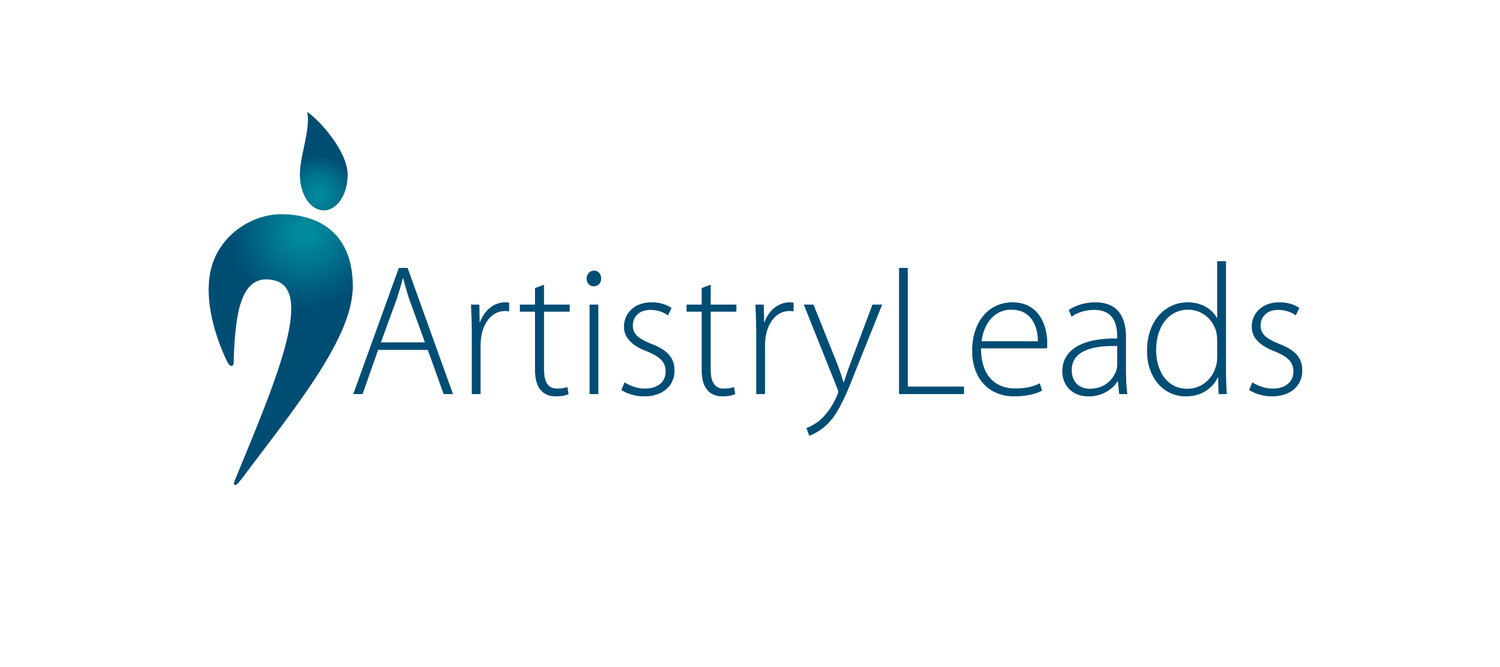When things are changing in ways we don’t expect and find hard to anticipate, we’re called on to exercise creativity. That creativity is evident in the ways that many churches are adapting to new forms of worship. Creativity is evident in nonprofits who are moving their major fundraising galas online. Creativity is showing up in new forms of partnership. Musicians, creatives by definition, are sharing their music through livestreaming and collectives.
Kudos to everyone who is exercising their creativity!
Not everyone, however, is feeling creative these days. Many leaders I speak with are finding it difficult to nurture their own creativity and foster the creativity of others. Here are a few thoughts on what’s required for creativity, and why it might not be happening for some of us.
Creativity takes time. Putting out the same standard, boiler-plate service or program is easier. We know what we’re doing. We have the necessary resources and experience at our fingertips. Trying new things, incorporating new information, and introducing new aspects into the experience takes time. During the pandemic, many leaders report their time feels even more pressured, perhaps limiting creativity.
Creativity takes energy. Whether it’s intellectual, emotional, spiritual, or simply physical energy, being creative relies on our ability to access energy sources. Again, while many leaders are on overload during the pandemic, energy may be a limited commodity. Without significant energy, creativity may be desired but feels out of reach.
Creativity takes a safe space. In order for leaders to try new things, they generally need to feel safe enough to take some risks. Unfortunately, many churches and nonprofits don’t have much tolerance for the things that come with risk. Risk implies potential failure, an expenditure of limited resources, and change. None of these outcomes are necessarily welcome by these organizations, and so leaders face implicit threats and real barriers to creativity.
What can we do, then, to promote creativity?
Build intentional time into our schedules and job descriptions. Trying to be creative after all the other work is done is futile. Creativity needs to be prioritized by setting aside specific times to exercise imagination and develop new ideas.
Ride the distraction. Sometimes creativity comes in a way that feels like it’s taking us off task. But what if that distraction is actually an opportunity to try something new or work in a fresh idea? Give yourself permission to head down a rabbit trail every now and then.
Cultivate safe spaces. Employers and supervisors need to pay attention to the environment for creativity. If new ideas are routinely dismissed, if employees bringing new ideas are interpreted as being off task, and if risk is a bad word in your organization, it’s not a safe space and it’s unlikely to foster creativity.
Celebrate creative endeavors. Even if they don’t work out quite like you expected, make sure to celebrate the effort and opportunity that creativity brings to an organization. Notes of thanks acknowledging the creativity, events to celebrate, debriefing for learning, and awards for the use of imagination are a few ways to honor risk-taking and creative efforts.
These are just a few ideas. What would you add? Share in the comments below.
Creativity is essential for healthy organizations and a lifeline for leaders. Great leaders are drawn toward new ideas, constructive change, and imaginative solutions. Make sure they can thrive by encouraging them and protecting space for creativity.


